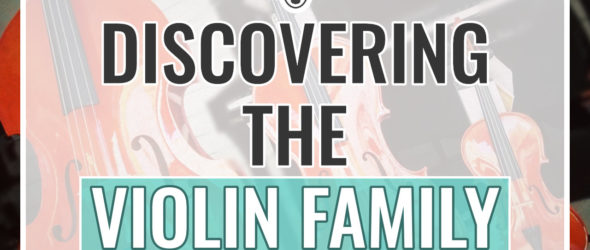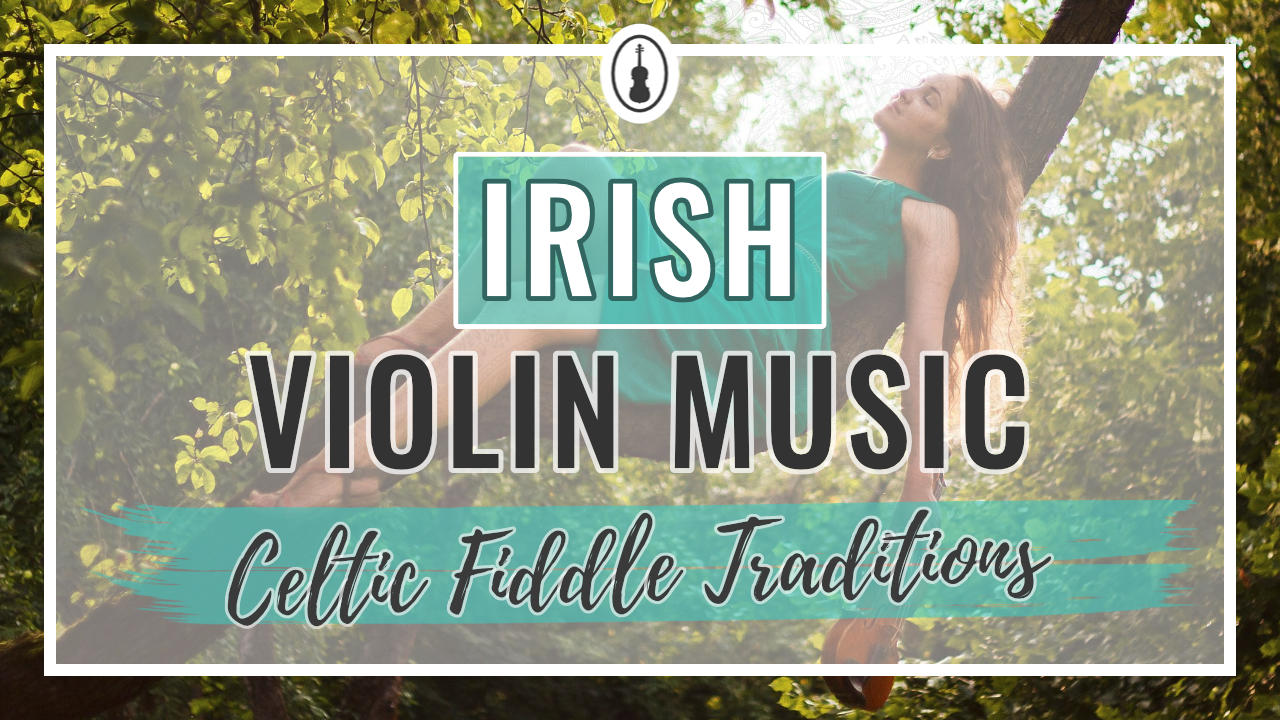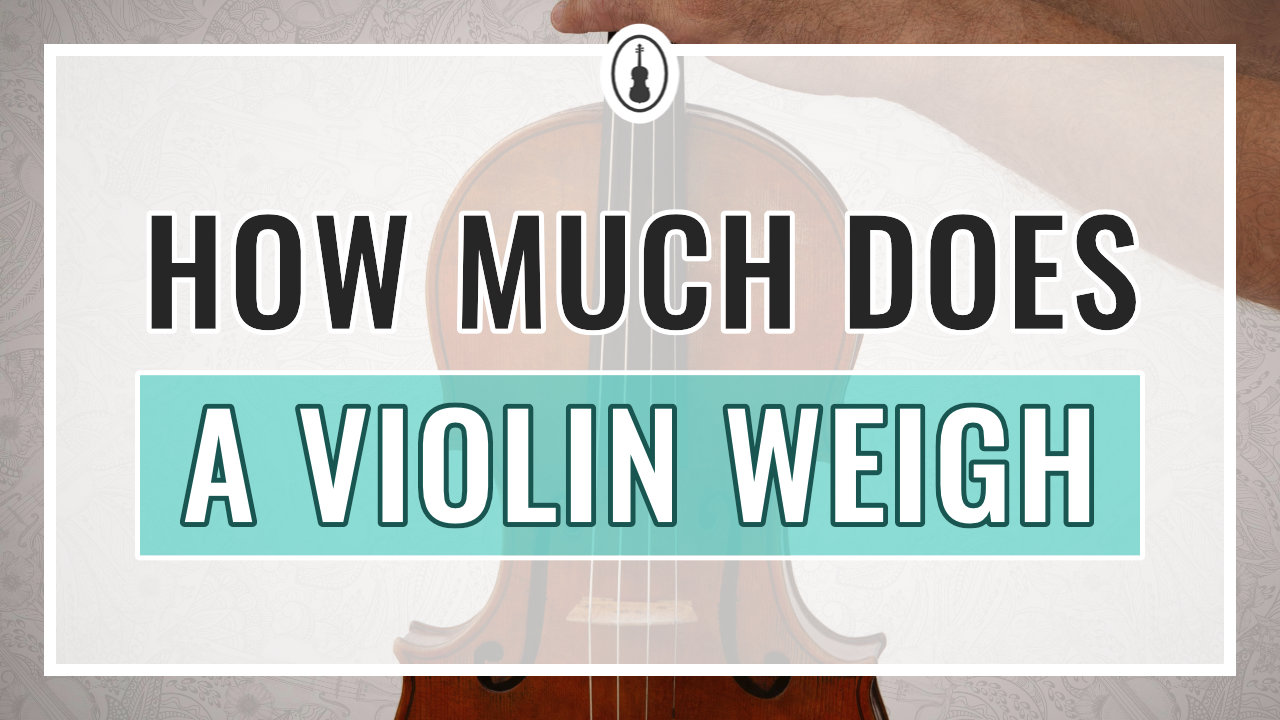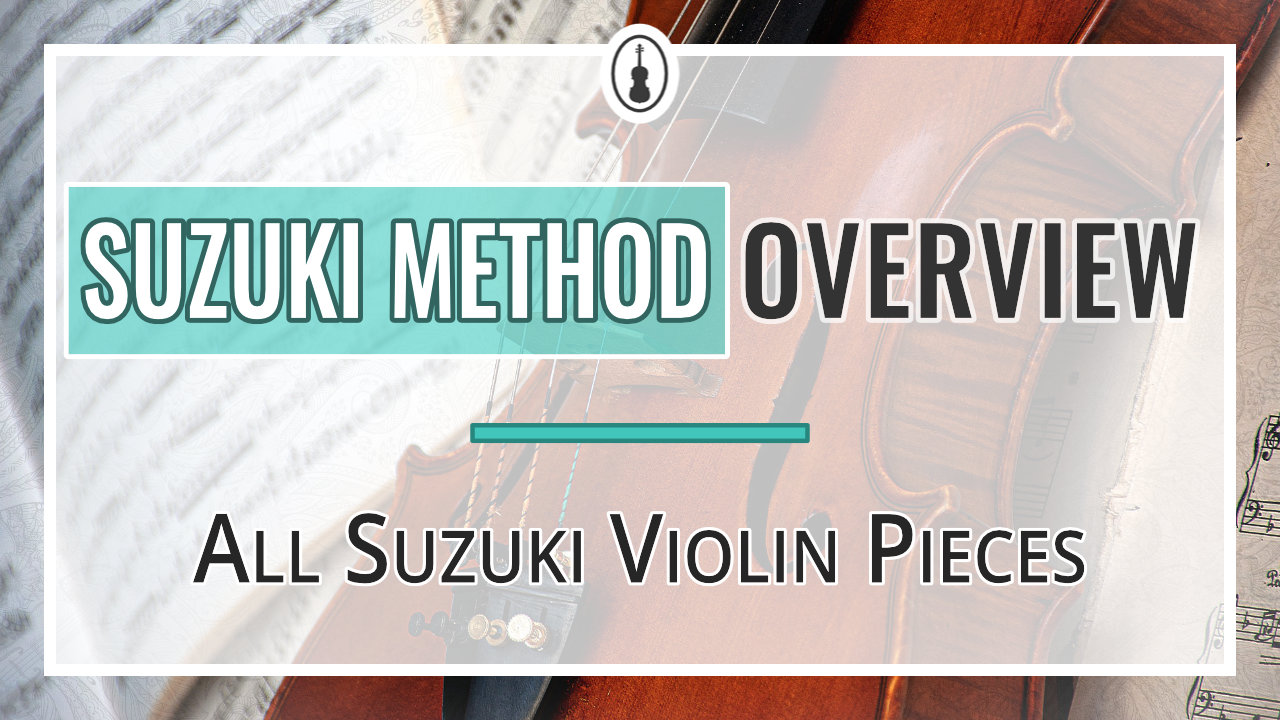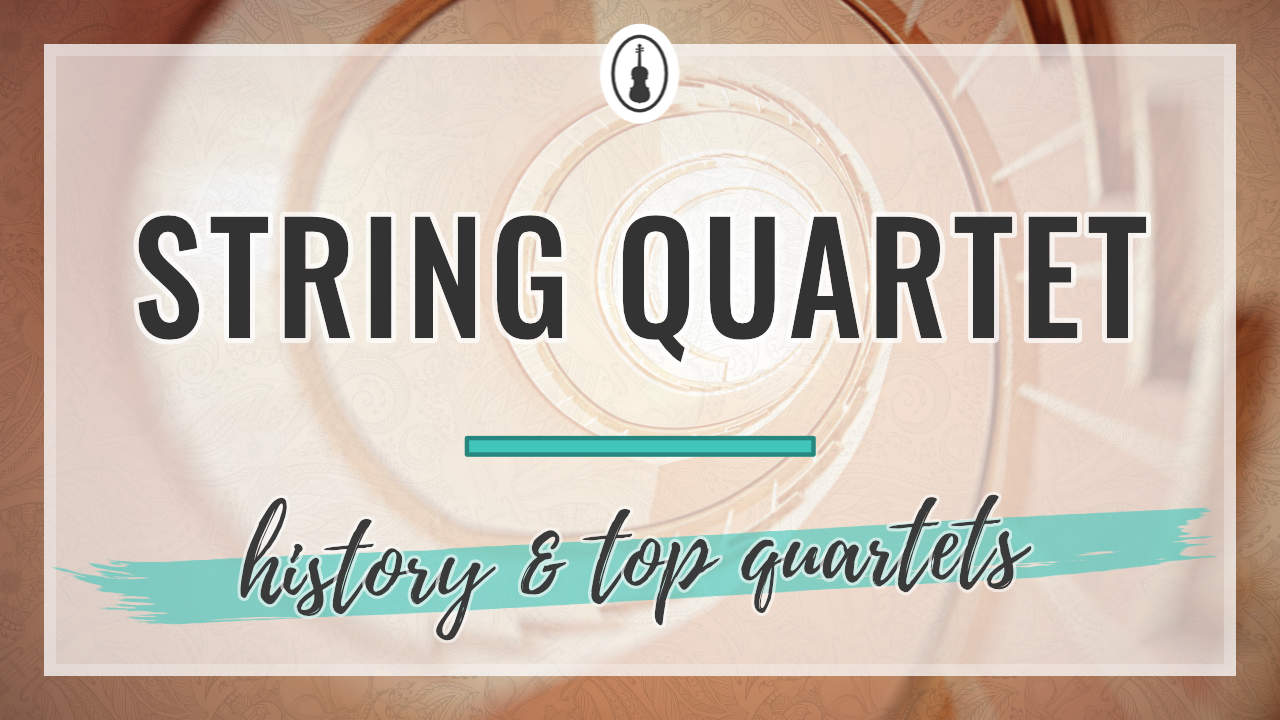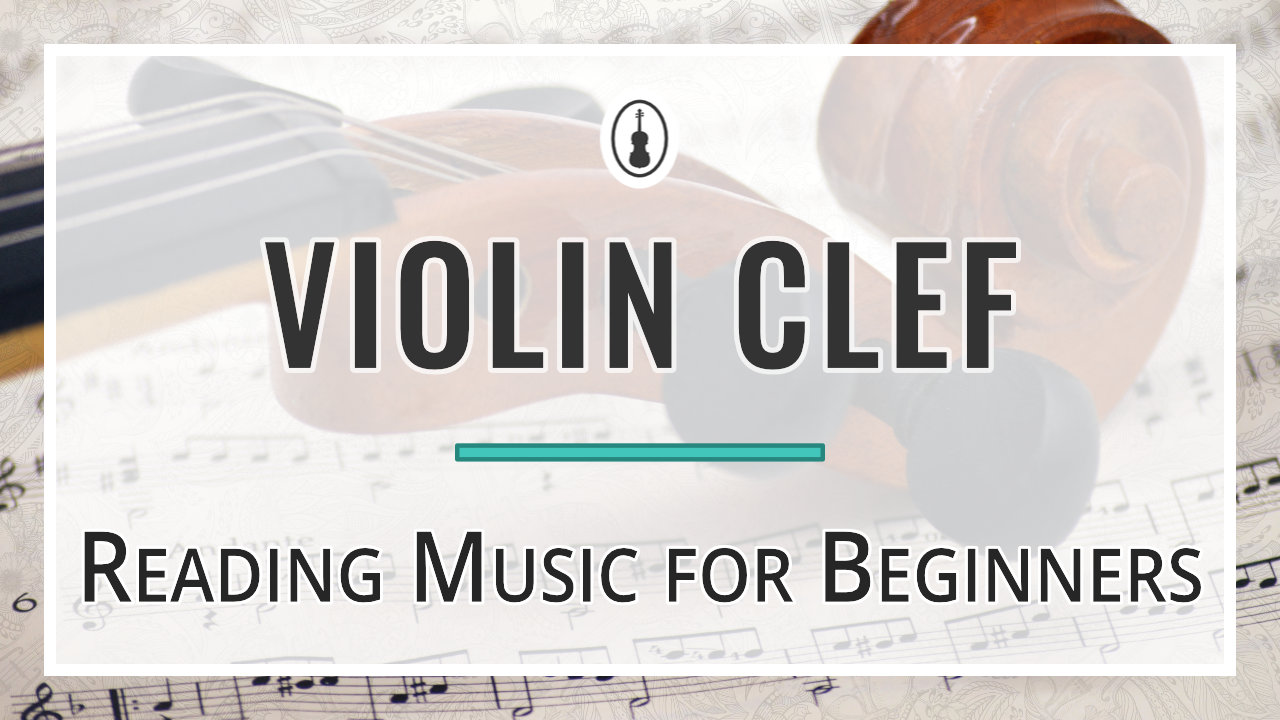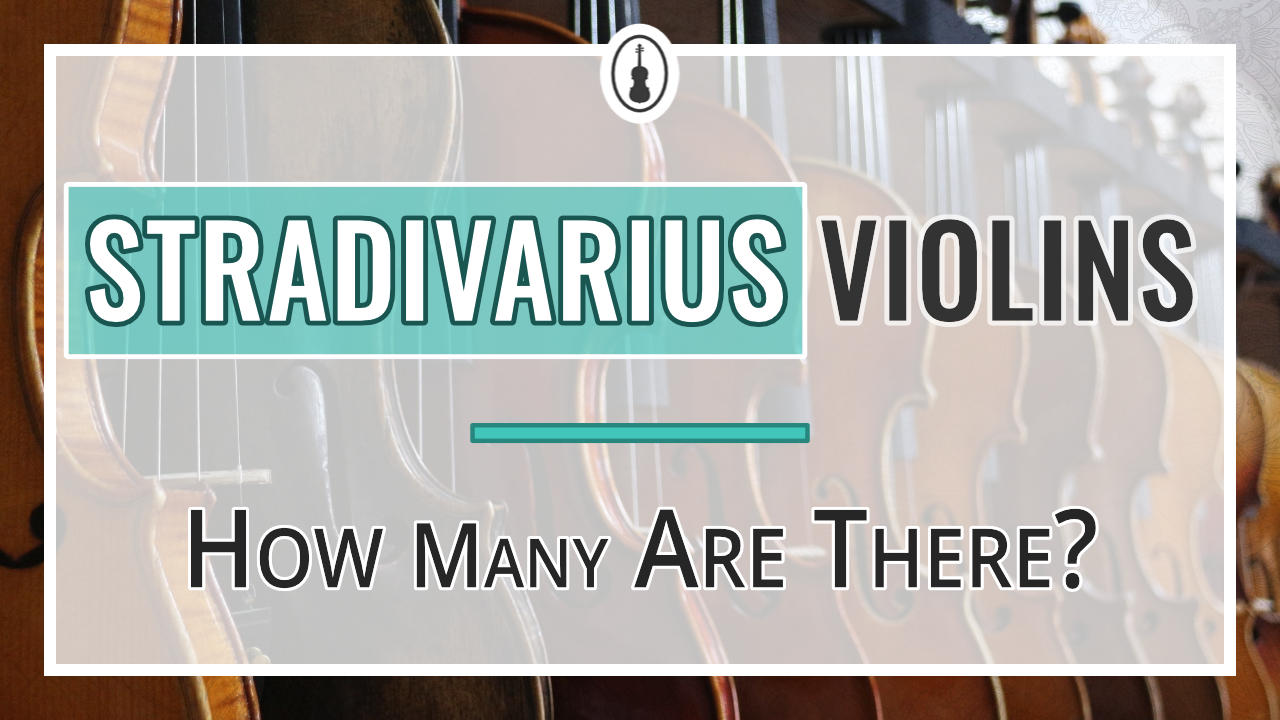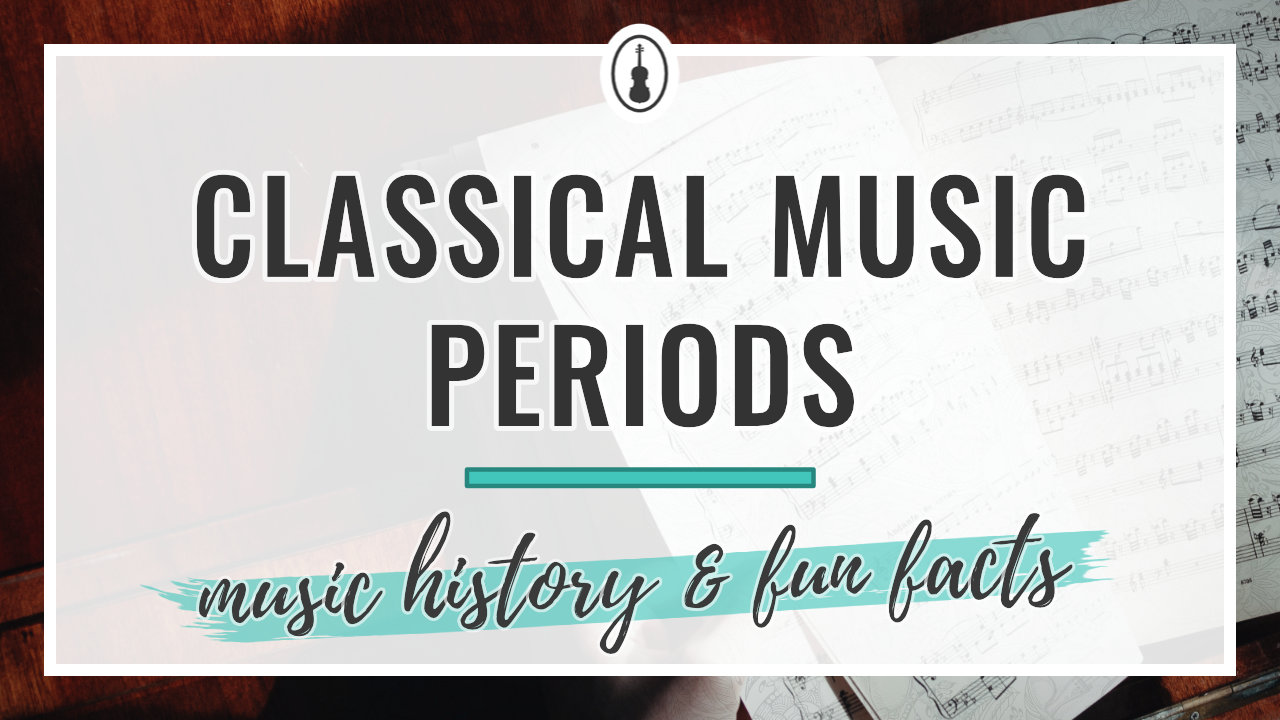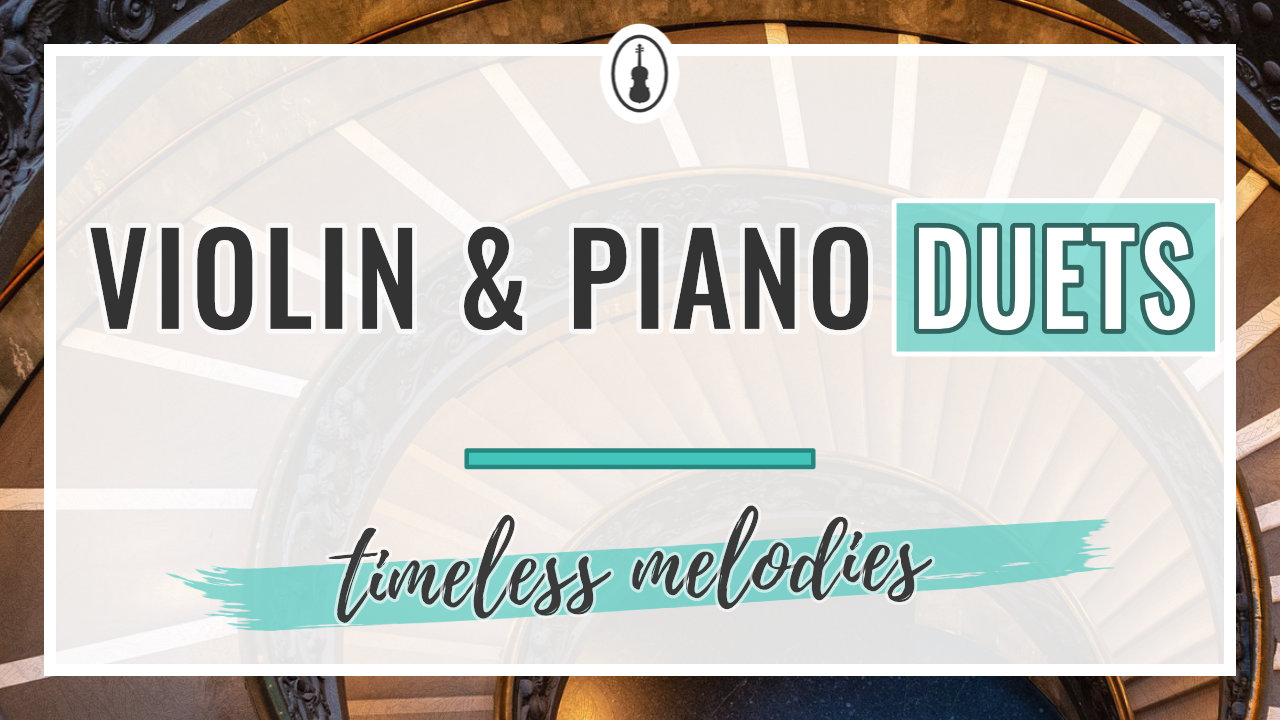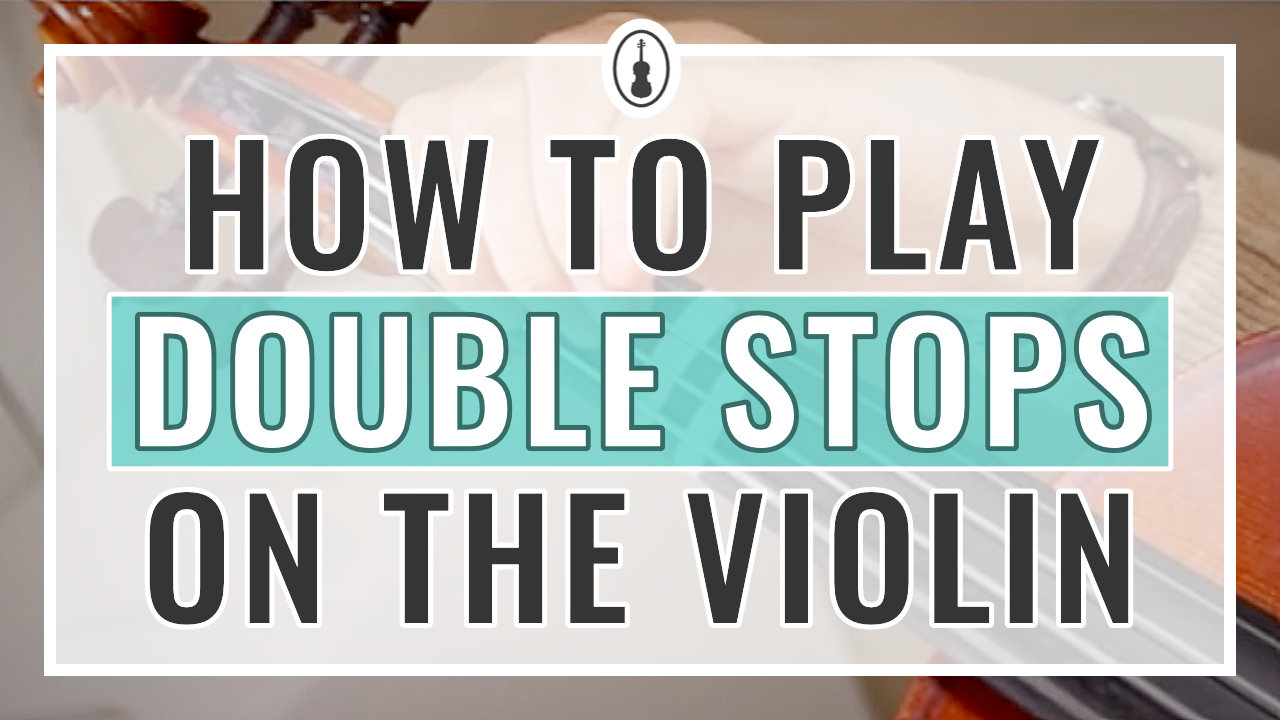A complete overview of violin family instruments
I’m sure you’ve noticed there are many other instruments that look very similar to the violin. Well, that’s because the violin, viola, cello, and double bass all form what we refer to as the violin family!
The violin family is a collection also known as bowed string instruments. This includes all wooden instruments that—naturally—have strings and are played with a bow. It’s the largest instrument family in an orchestra, usually spanning about half its total size. Many people know and love these instruments, and their solo repertoire is generally rich and diverse.
In modern times, musicians only use these four violin family instruments. Yet, this wasn’t always the case. Let’s examine how the entire collection has evolved throughout history!

Historic overview
The very first stringed instruments were typically plucked. In Central Asia, specifically, bowed stringed instruments emerged later within nomadic equestrian cultures—up until the Byzantine Empire—from which hailed the first direct ancestors of the violin: the Byzantine lira and, later on, lira da braccio during the Renaissance period.
The first evidence of the violin we know and love today is seen in paintings by Gaudenzio Ferrari from the 1530s—though these instruments only had three strings. Geography-wise, there is solid evidence that the very first violins originated in northern Italy near Milan. At that time, cities like Cremona were well-known for crafting the best stringed instruments.
The violin quickly gained popularity among both street musicians and nobles. Today, the oldest surviving violin hails from 1564 and was manufactured by Andrea Amati.
Back then, luthiers experimented with varied sizes to create the best bowed stringed instrument, so the viola and cello emerged around the same time. It’s unclear which came first; however, linguists argue that it was possibly the viola. Both “violin” and “violoncello” are rooted in the word “viola,” so the other instruments were most likely invented later on.
The double bass—or contrabass—might have different origins. Differences in the body of the instrument, the tuning, and the flat back suggest that this instrument originates from the viol family. Some believe these are perhaps arbitrary disparities or that they arose due to reasons other than viol family connections.
No matter its origins, the double bass has gone on to become an integral member of the violin family.
Each instrument we’ll touch on today has a distinct role and unique characteristics that extend beyond similarities shared with others in the violin family. Let’s explore each one in more detail.
Characteristics of violin family instruments
Violin

The violin is the smallest member of the family. It boasts the highest range, starting from G3 just below middle C and reaching up to A7 on the E string. Click here to read a more detailed article on this subject.
As you may already know, the violin is tuned as follows: G-D-A-E, in perfect fifths, like almost all other family members. I will describe the differences and tuning notes later on.
If you are curious to know what a violin is made of, be sure to check out this article.
Overview of the violin’s repertoire
The violin enjoys a prominent role in classical music from all eras. Due to its distinct tone, it can stand out from other instruments and therefore typically plays the melody in an orchestra or smaller ensembles. It is utilized for a variety of solo pieces and is generally one of the most beloved instruments for composers and audiences alike.
The violin is also used in global folk music. It went on to replace older string instruments due to its enhanced volume and tonal qualities, and as such, is utilized by many European, Asian, and American cultures. In English, it is sometimes called a fiddle but is in fact the same exact instrument. The violin can also be found in Arabic and Indian music, though with varied tuning. While each culture employs slight variations in technique, the basic idea remains the same.
Finally, the violin is also found in popular and jazz music. Though used extensively before the rise of electric instruments and, particularly, synthesizers, it regained popularity in later years and is now found in a wide variety of pop and rock band ensembles: ranging from doom metal band My Dying Bride and black metal band Ne Obliviscaris to the rock/jazz fusion stylings of Boyd Tinsley from the Dave Matthews Band. Artists like Eric Stanley rely on the violin to improvise within hip hop beats, not to mention the exceptionally original Lindsey Stirling’s penchant for playing dubstep music on the violin.
Viola
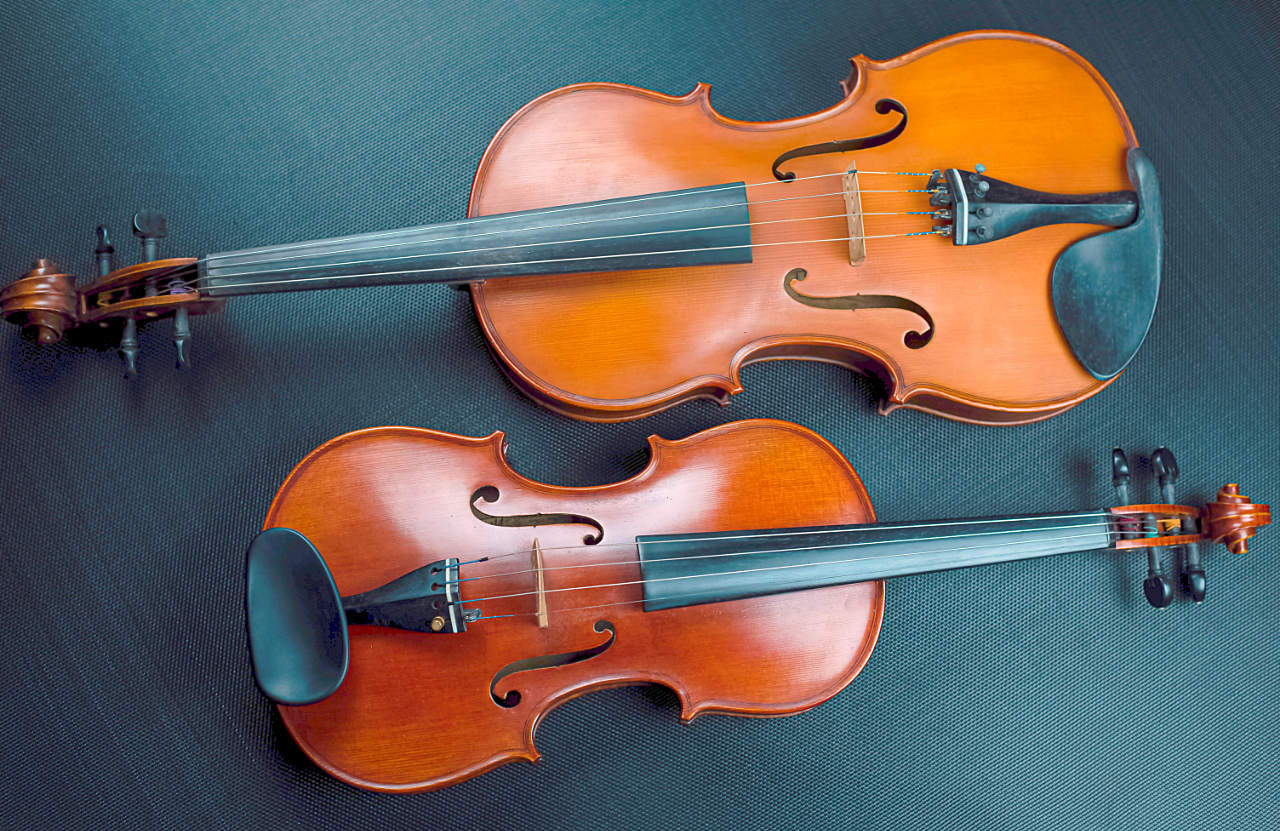
The viola is slightly bigger than the violin, but they look very similar. The bow is shorter and heavier due to the fact that viola strings require more pressure. You can use the bow frog to tell them apart: instead of a straight edge, the viola bow is often curved and chunkier. This article helps further explain the differences between the violin and viola.
Tuning a viola is similar to the violin—also in perfect fifths. It has four strings: the pitch of the highest string is A4 (mirroring the violin’s A), and the lowest is C3. Its highest note is D6, but it is possible to produce higher notes using harmonics and other techniques, much like on the violin. For that reason, it uses the alto clef and treble clef for higher notes.

The viola sound is darker and less clear than the violin’s, providing an obvious distinction between the two instruments. Beyond this, lower tuning and overall color of the music help produce a smoother, mellower sound than the violin.
Overview of the viola’s repertoire
Due to its darker tone, the viola typically adds texture and harmonies to orchestra and ensemble settings. This was the case for early orchestral work, with some notable exceptions of Brandenburg Concertos by J.S. Bach and a few viola concertos by G. P. Telemann, Carl Stamitz, and others.
Romantic-era composers began using the viola more prominently, but it’s truly in 20th-century music where the viola enjoys the greatest repertoire. Claude Debussy’s sonata for flute, viola, and harp has inspired many composers to write for this combination, with others contributing concertos and solo parts for the instrument: including Béla Bartók, Paul Hindemith, Edward Elgar, and Dmitri Shostakovich.
In folk and popular music, the viola is not used as much as the violin but does follow a similar path. It’s found a home with bands like Velvet Underground and Imagine Dragons, as well as a number of jazz violists. However, it is pretty rare to use a viola outside of a string ensemble. On a final note, many cello repertoires can be transcribed for viola: the reasons for which you’ll learn in the next section!
Cello
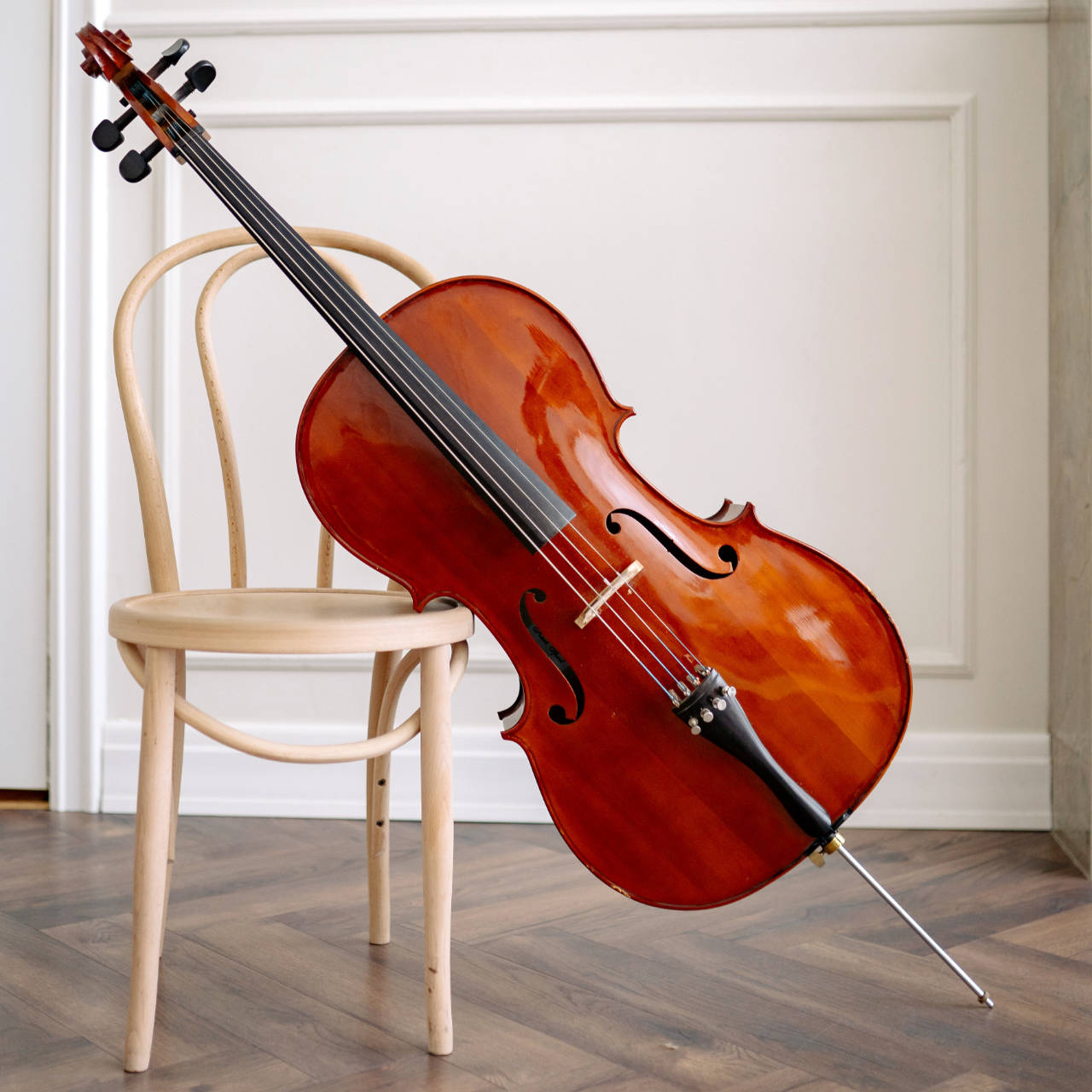
The cello has the same tuning as the viola but an octave lower. For that reason, it primarily uses the bass clef. However, it is not uncommon to also employ the alto and treble clef, depending on pitch height. The cello’s bow is visibly chunkier and shorter than the viola’s, and the instrument’s highest note is C6.
Due to its larger size and lower pitch, the cello produces an even more distinctive and louder sound than the viola: leading composers to favor the former over the latter.
Overview of the cello’s repertoire
The cello repertoire is large, though not nearly as massive as the violin’s. All eras of classical music have something to offer, but especially during the 19th and 20th centuries, composers appreciated the cello’s versatility and provided many works accordingly—ranging from concertos to solo pieces. It was during that era that the repertoire grew immensely.
In an orchestra setting, cello solos became more common as we moved into the modern age. The cello often provides harmonies and plays the low tones before switching to play the melody, supporting the violins. It is a member of traditional string quartets as well as bigger ensembles, trios or duos, and there’s also no shortage of chamber music to go around.
In jazz music, the cello is not as common as the violin, and the same applies to folk and Indian music. However, it is used more often than the viola and frequently enjoys a place in pop music—but more for a particular song rather than in the band’s typical lineup. Most notably, the band Apocalyptica gained fame after covering Metallica and other metal bands using four cellos, later composing their own material.
Double Bass

The double bass is the largest member of the violin family (except in the case of an unorthodox addition I will explain a bit later). It stands at around 180cm tall, though some players prefer shorter versions. For this reason, the player either stands or sits on a high stool. It is also not uncommon to have a 3/4 double bass. As mentioned earlier, some people question the instrument’s origins, often due to the unique tuning used for the double bass: it is the only instrument within the family that is tuned in perfect fourths. As such, the tuning notes of the strings are E1-A1-D2-G2: the complete opposite of the violin, wherein E is the highest. The open strings are the same as in the electric bass.
The double bass features two different types of bows. The “French” bow is akin to that of the three other instruments and is held using a similar technique. It’s not the most common bow and wasn’t widely popular until the 19th century. The “German” bow is designed and held in a similar fashion as the viol family instruments. It has a much larger frog than its “French” counterpart and is held with the palm angled upwards and two fingers between the stick and the hair. Double bass players who prefer the “German” bow claim that it makes it easier to execute heavy strokes.
The double bass is notated one octave higher than it is tuned to avoid excessive ledger lines. In an orchestra setting, it typically plays the same line as the cello but one octave lower. As the repertoire for the double bass became more sophisticated, composers began occasionally tuning the E string into D or C, but even in the 1700s, tunings varied by region—as well as the number of strings.
Overview of the double bass’ repertoire
The double bass often does not enjoy a leading role in orchestra settings, but this does occur from time to time—especially in 20th-century music. It is also not an established instrument in any classic chamber music ensembles, yet it is featured in several works. The double bass enjoyed a period of popularity as a solo instrument during the 18th century, and one century later, virtuoso Giovanni Bottesini was nicknamed the “Paganini of the double bass.”
It is important to note the double bass’ role in jazz and popular music as it is by far the most well-known instrument in these genres. It is used extensively in jazz ensembles, though usually played pizzicato, and there are many well-known jazz double bass players such as Duke Ellington, Paul Chambers, Charles Minus, and others. It is also widely featured in country and bluegrass music. Finally, any pop or rock band lineup always included a double bass player during the 1950s, up until the invention of the electric bass. However, even in the 1970s, the psychobilly genre featured many double bass players—most notably in bands like Nekromantix and AFI.
FAQ
What family is the violin in?
The violin is in both the violin and string families. In orchestras, quartets, and chamber music ensembles, violins are divided into the “first” and “second” violin. You will find other members of the violin family in an orchestra as well: the viola, cello, and double bass.
What are the largest members of the violin family?
The double bass is one large member of the traditional violin family. It stands at around 180cm (6 feet) tall and while many players choose smaller sizes (usually 3/4)—depending on their height—it is still taller than any of the other bowed instruments. The largest bowed instrument is the octobass, which is not in the traditional violin family.
What is the Octobass?
The octobass is a large double bass that has only three strings. First built in 1850, the octobass measures around 3.50 meters tall, and musicians use a system of levers and pedals to play it. The only known work for this instrument is Charles Gounod’s “Messe Solennelle de Sainte – Cecile.”
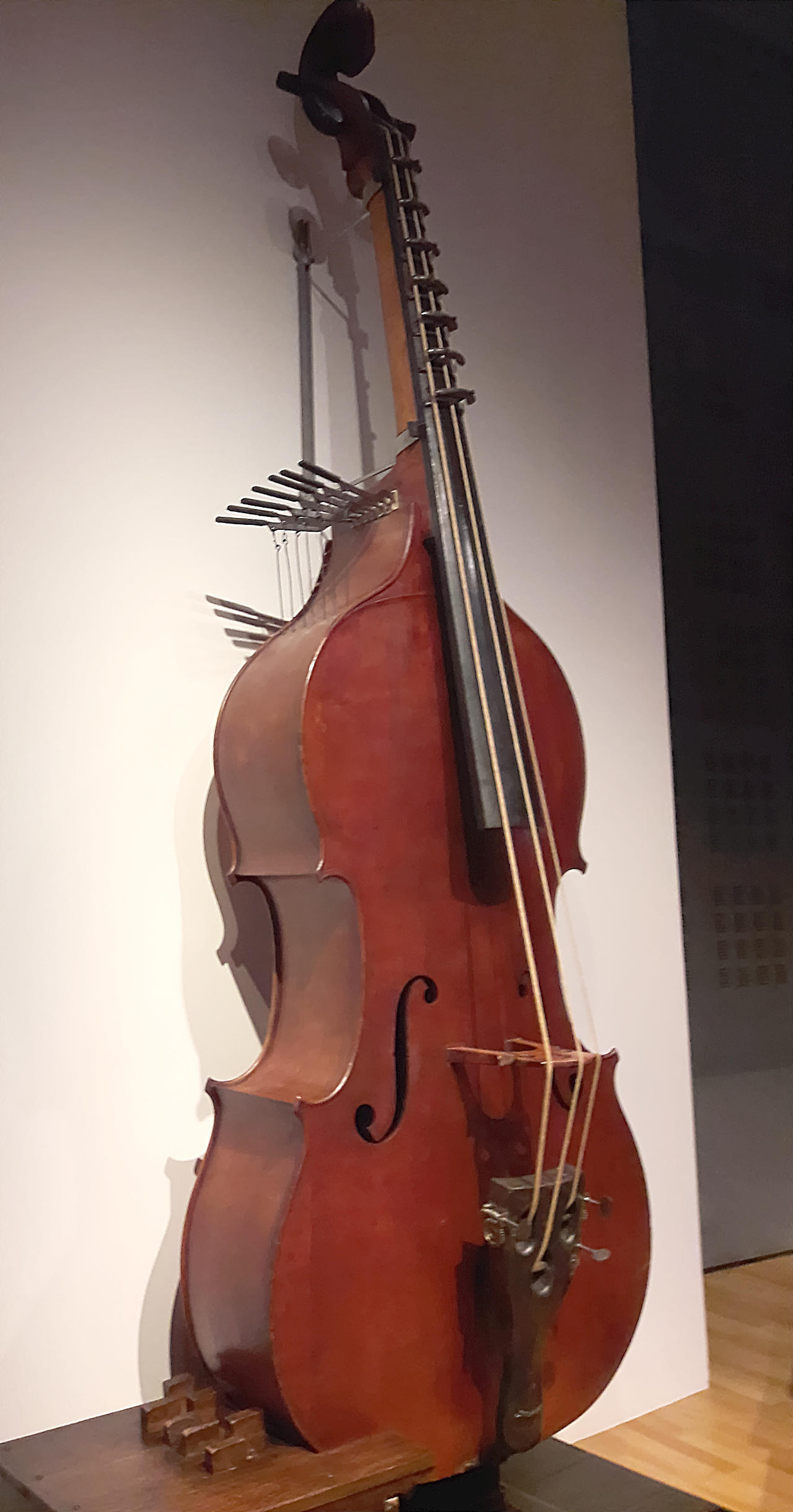
How many types of violins are there?
There are at least five main violin types in use today: modern, baroque, Hardanger fiddle (a national instrument of Norway), electric (including silent), and semi-electric violins. Additions to this list include violins with more than four strings (five, six, or seven), and several pre-baroque string instruments such as the viol.
You can read more about different violin types and relevant details in my article “13 Types of Violins Every Violinist Should Know.”
What is the highest range in the violin family?
The violin has the highest range in the violin family, which can climb from G3 up to A7. However, one should consider E7 a practical limit for composing music, as the higher notes are not commonly used and difficult to play. No other instrument in the family can reach that high.
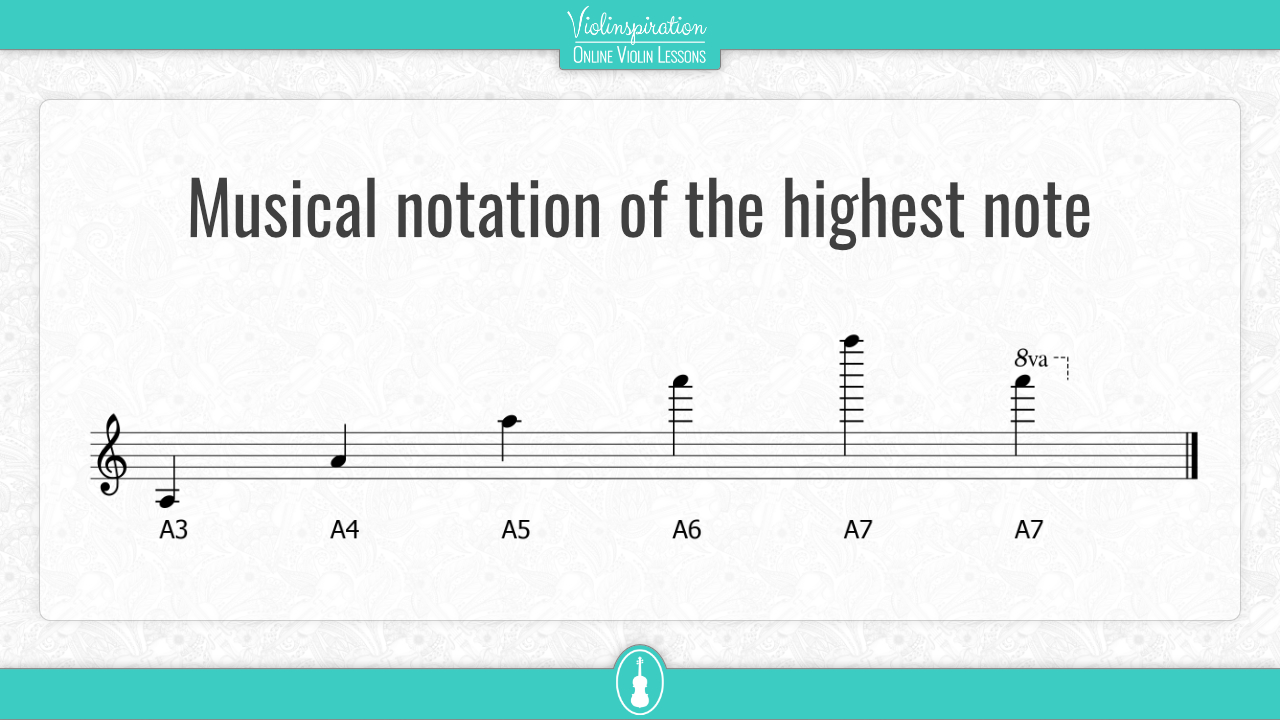
What are the five major instruments in the string family?
The five major instruments in the string family are the violin, viola, cello, double bass, and harp, which are all used in orchestra and chamber music. Outside of these settings, popular string instruments include the guitar, ukulele, bass, banjo, and mandolin.
Fun fact: You may wonder why the piano isn’t on the list of major string instruments. The piano, despite the fact that it uses string vibrations to produce sounds, is considered a percussion instrument due to the hammers that strike the strings.
What instruments are early relatives of the violin family?
The byzantine lira and lira da braccio are considered early relatives of the violin family. Others include the Chinese erhu—with two strings—and the rabab (also called the rebab or rubab), which has one, two, or three strings.
Conclusion
There’s always a special history behind modern-day instruments, and the violin family is no exception. While learning these details will not help you with your violin technique, this historical context can help you gain familiarity with the instrument you’re holding and better understand all instruments in the violin family—which comprise the largest part of the orchestra.
